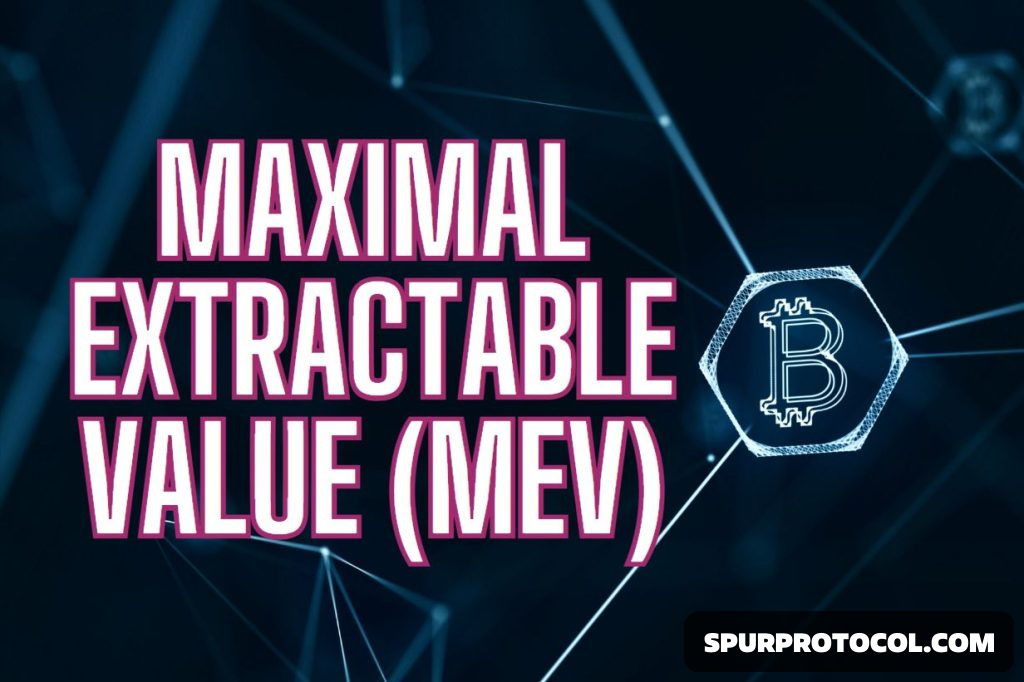What Is Maximal Extractable Value (MEV)?
Maximal Extractable Value (MEV) is a concept referring to the total value that can be gained by a block producer (miner or validator) by including, excluding, or reordering transactions within a block. While a complex topic, understanding MEV is crucial as it impacts transaction fairness, decentralization, and the overall economics of a blockchain network.
Go Back

🕒 7:07 AM
📅 Oct 24, 2025
✍️ By Nathanael707
Defining Maximal Extractable Value (MEV)Maximal Extractable Value (MEV) is the profit a block producer can achieve beyond the standard block reward and transaction fees by leveraging their power to strategically order transactions. This value is extracted from the users of the network, often without their knowledge, primarily by taking advantage of the public nature of the mempool (the waiting room for unconfirmed transactions). MEV activities, such as front-running and "sandwich attacks," can act as a hidden tax on decentralized finance (DeFi) users.
MEV is the value gained from the transaction sequencing power of a block producer.
It is extracted by observing profitable pending transactions in the public mempool.
The key activities include front-running (placing one's own profitable trade ahead of a user's) and arbitrage.
MEV is often considered a structural challenge that threatens the fairness of a decentralized ledger.
The value is technically extracted from the users' expected execution price on decentralized exchanges (DEXs).
How MEV Extraction Works (The Sandwich Attack)
A common MEV strategy is the "sandwich attack," which exploits large decentralized exchange (DEX) trades. The attacker spots a large pending buy order in the mempool that is likely to move the price. The attacker then executes two transactions around the user's transaction: a small buy order before the user's trade, and a sell order after the user's trade.
Step 1 (Observation): An attacker spots a large user buy order in the mempool.
Step 2 (Front-Run/Buy): The attacker places a small, high-gas buy order immediately before the user's transaction.
Step 3 (Victim's Trade): The user's large transaction executes, driving the price higher.
Step 4 (Back-Run/Sell): The attacker places a sell order immediately after the user's transaction, profiting from the price increase caused by the victim.
Result: The user is "sandwiched" between two of the attacker's trades, resulting in a worse execution price for the user.
Benefits and Utility of MEV Mitigation
While the term MEV is often associated with negative activity, the concept of MEV has driven architectural innovation focused on ensuring fair transaction execution. Protocols are now designed specifically to mitigate this value leakage, ultimately benefiting the end-user.
MEV mitigation solutions lead to fairer transaction execution and lower slippage for users.
The concept has spurred the development of private mempools and sealed-bid auctions for transactions.
Architectural solutions like Proposer-Builder Separation (PBS) decentralize the power to order transactions.
Some protocols capture MEV and distribute the profits back to token stakers or the general community.
Protecting users from MEV enhances the overall integrity and trust in decentralized applications.
Challenges and Limitations of MEV Defense
Full elimination of MEV is challenging because the block producer must, by definition, have the power to order transactions, creating an inherent opportunity for profit extraction. The "MEV arms race" is a constant struggle between block producers and users to secure or profit from the ordering power.
Inherent Power: The block producer's power to order cannot be fully eliminated on a public ledger.
New Centralization: Solutions like private block builders can introduce new points of centralization and trust.
Increased Complexity: Implementing MEV-resistant systems adds significant complexity and potential bugs to the core protocol.
On-Chain vs. Off-Chain: Attacks are becoming more sophisticated, moving off-chain to private order flow auctions.
Ongoing Arms Race: Any defense mechanism can be reverse-engineered by profitable MEV searchers.
